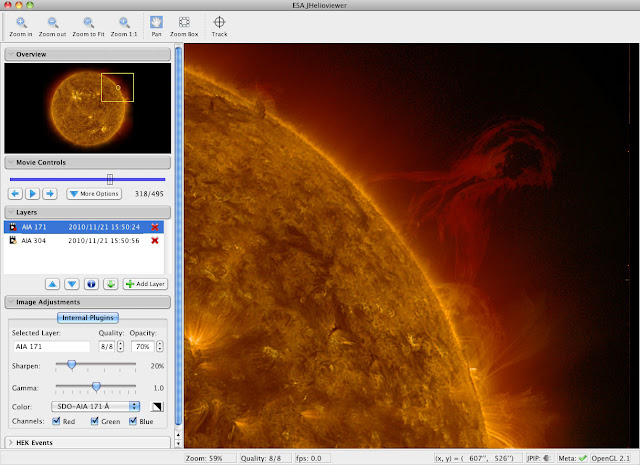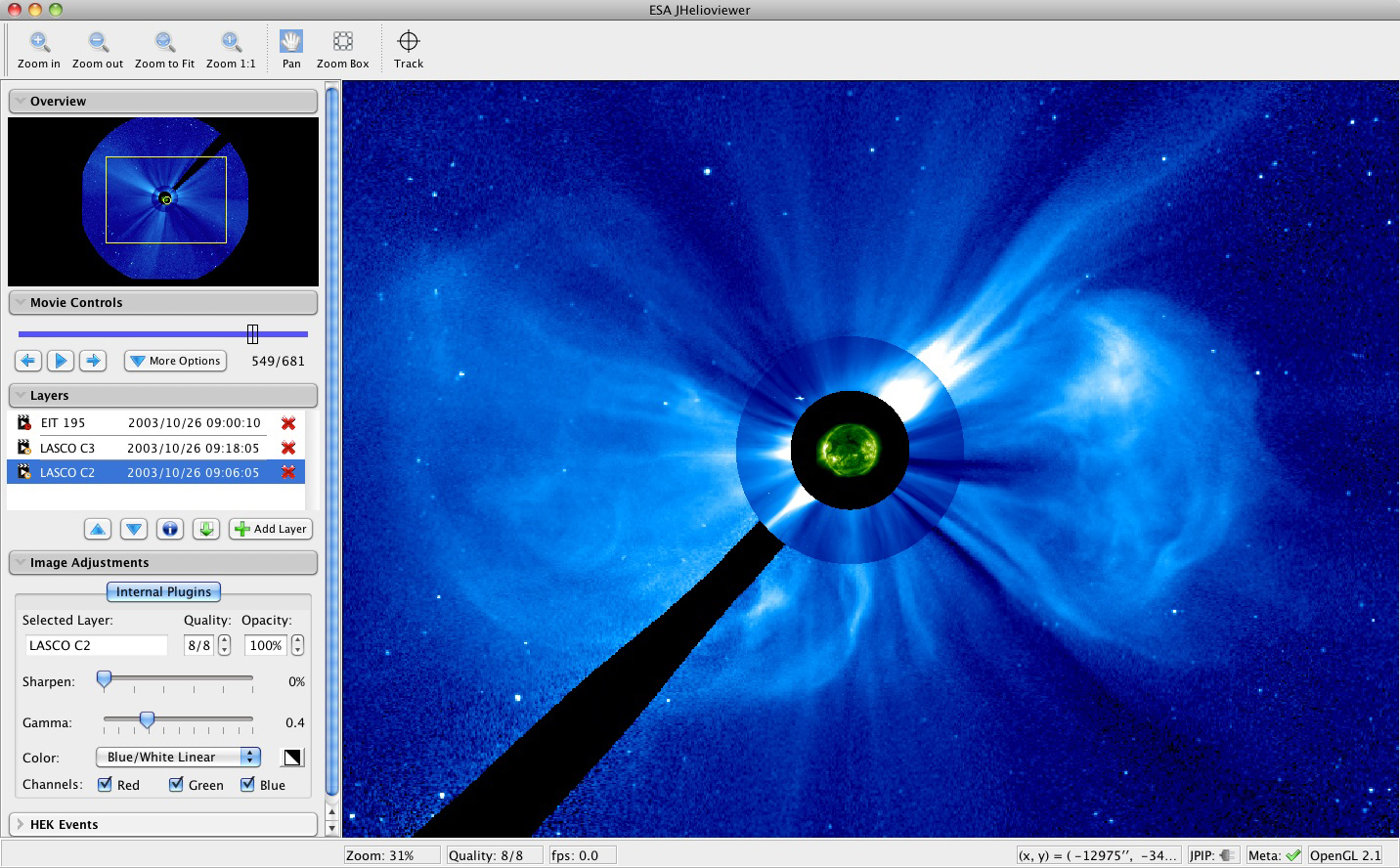
We can also use the buildah command, which helps to create container images from a working container, from a Dockerfile or from scratch. $ docker run -d -t -p 8080:8080 -i quay.io/sshaaf/rhel7-jre8-mpdemo:latest Running the image with docker and pointing localhost:8080 to the container port 8080: $ docker build -t quay.io/sshaaf/rhel7-jre8-mpdemo:latest. # subscription-manager repos -enable rhel-7-server-extras-rpms Build and run images locally You can enable the extras repo like this: Both of them should be in rhel7-server-extras-rpms. If you are running RHEL like I am, you can choose any of the two binaries to deploy from. The above Dockerfile is built on RHEL, which means I do not need to register with subscription-manager, since the host already has the subscriptions attached.īelow you will find two ways to build this. One important point to note is that the OpenJDK Java runtime is packaged as "java-1.8.0-openjdk" this does not include the compiler and other development libraries which are in the -devel package. Now that we have the Dockerfile details, let's go ahead and build the image. # Setting up permissions for the script to run # Copy the script from the source run-java.sh has specific parameters to run a Thorntail app from the command line in a container. # Set the JAVA_HOME variable to make it clear where Java is located RUN microdnf -enablerepo=rhel-7-server-rpms \ # The official Red Hat registry and the base imageįROM /rhel7-minimal
#JAVA AND JHELIOVIEWER CODE#
The source code of this file can also be found here on GitHub. Here is the Dockerfile with comments on each layer. Let’s copy the target/demo-thorntail.jar to the temp directory. Now we should have a built demo app with a fat jar that we can call to run Thorntail. On my Red Hat Enterprise Linux (RHEL) machine, I first create a temp directory, for example, demoapp, and unarchive the downloaded artifacts into it.
#JAVA AND JHELIOVIEWER ARCHIVE#
Head out to Microprofile.io and get the package for MicroProfile with Thorntail V2.Ĭlick the Download button to get the archive file. Recently Microprofile.io launched the MicroProfile Starter beta, which helps you get started with MicroProfile by creating a downloadable package.

To use our images and see how they work, we'll use a web app as part of our bundle. This article was written for both OpenShift 3.11 and 4.0 beta.

We will run that image with Docker as well as Podman on localhost.Build an image with Docker as well as Buildah.If you'd prefer not to get into those details, I would recommend using the container images for OpenJDK shipped by Red Hat.
#JAVA AND JHELIOVIEWER MANUAL#
On the other hand, a lot of manual work around libraries such as Jolokio or Hawkular and even security parameters would need to be set up as well. For example, there could be reasons such as minimizing storage to run a runtime image.

With that said, there will certainly be situations where developers would like to create their own Java runtime images. Note that Red Hat only provides OpenJDK-based Java 8 and 11 images. If you are using Red Hat Middleware, the s2i images shipped are also useful to deploy, for example, on Red Hat Openshift Container Platform. Red Hat ships and supports container images with OpenJDK for both Java 8 and 11. More details on OpenJDK support and lifecycle can be found here. Essentially the latter is a superset of the runtime environment. A Java runtime environment should be able to run compiled source code, whereas a development kit, for example, OpenJDK, would include all the libraries/binaries to compile and run the source code.


 0 kommentar(er)
0 kommentar(er)
